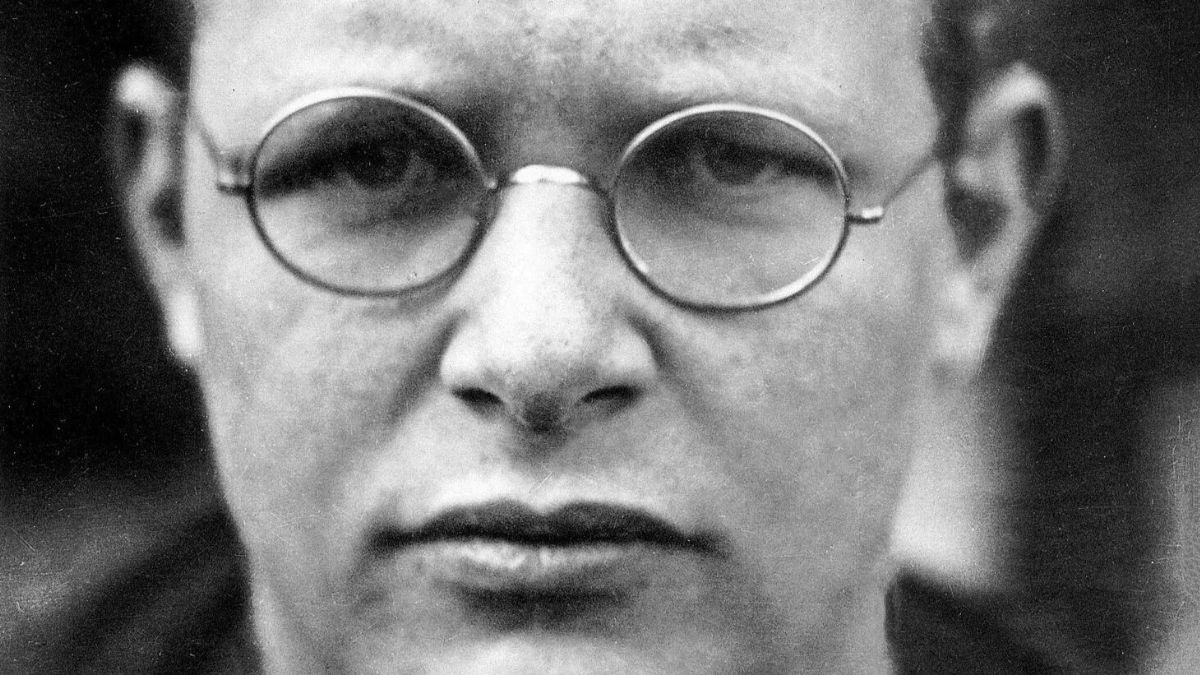

BreakPoint
Good News at the Court
Several years ago, Rev. Stephen Fournier, and his wife, Darlene, decided to start a "Good News" club in Milford, New York. The club would meet at the elementary school right after classes let out. The Fourniers expected school officials to grant them permission to use school facilities since other groups already held meetings there. And a series of Supreme Court cases guaranteed the rights of groups like the "Good News" clubs to use these facilities. But Milford officials forced them out, citing a policy that prohibits use of school facilities for "commercial activities, partisan political gatherings, or 'religious purposes.'" The Fourniers sued. They lost in circuit court, but this week the Supreme Court overturned the circuit court decision. Writing for the six-three majority, Justice Clarence Thomas gave a judicial back of the hand to nearly every argument made by the School Board. He chided the Board for ignoring the clear precedent set in the Court's decision in the Lamb's Chapel case. He questioned how anyone could think that allowing a private group to hold meetings in a school was an establishment of religion. Justice Thomas also rejected the School Board's claim that a perceived endorsement of religion by the state poses a "danger" to our children. This assertion is laughable, especially since few ten-year-olds of my acquaintance ponder constitutional law. But laughable or not, this idea has carried weight in the courts. Cases like the abominable Lee v. Wiseman decision, denying a generic prayer at a school commencement, regard uninvited exposure to religion as the equivalent of exposure to pornography or radioactive waste. Well, Justice Thomas thankfully cut through the nonsense. He wrote out that any such "danger" posed by religion is no greater than the danger posed by a perceived hostility to religion. Just as gratifying as Thomas's opinion was the fact that he was joined by Justice Stephen Breyer -- one of the liberal judges on the Court. Could this be a signal of a break in the Court's hostility toward religion? Well, hostility has clearly dominated the Court's decisions about church-state relations since the early sixties. Cases like Engel v. Vitale and Abington v. Schemp, the infamous school prayer case, turned the First Amendment's religious freedom guarantees on their head. Two dissenting justices in the school prayer case, Abington, warned that the "unilateral devotion to the concept of neutrality" wouldn't stop at "noninterference and noninvolvement" with religion. They would lead to "a brooding and pervasive devotion to the secular and a passive, or even active, hostility to the religious." And that's exactly what happened. Since then, secularists have used the establishment clause to squelch religious liberty. And the free exercise clause has become a mere footnote. That's why I called the dissenters "prophets" in my book, Kingdoms in Conflict. The good news out of the Supreme Court is that this devotion to the secular seems to be waning. In recent years, Court decisions like this one suggest that the Court is reconsidering the issue. The Court has said that the free expression of religious ideas is at least as important as the non-establishment of religion. And that's real progress. Which is why this case is so important. For the first time in nearly forty years, we've refused to allow the establishment clause to trump religious freedom. The "Good News" case is good news indeed. For further reference: Good News Club et. al v. Milford Central School. No. 992036 (2001).
06/15/01















